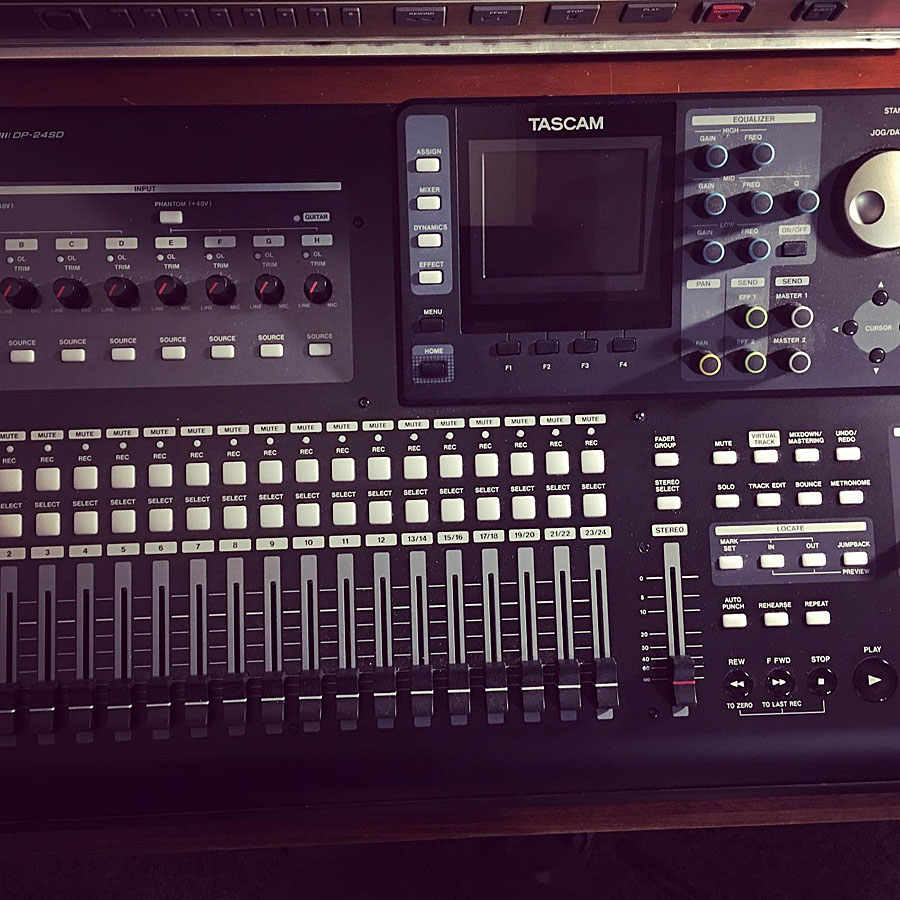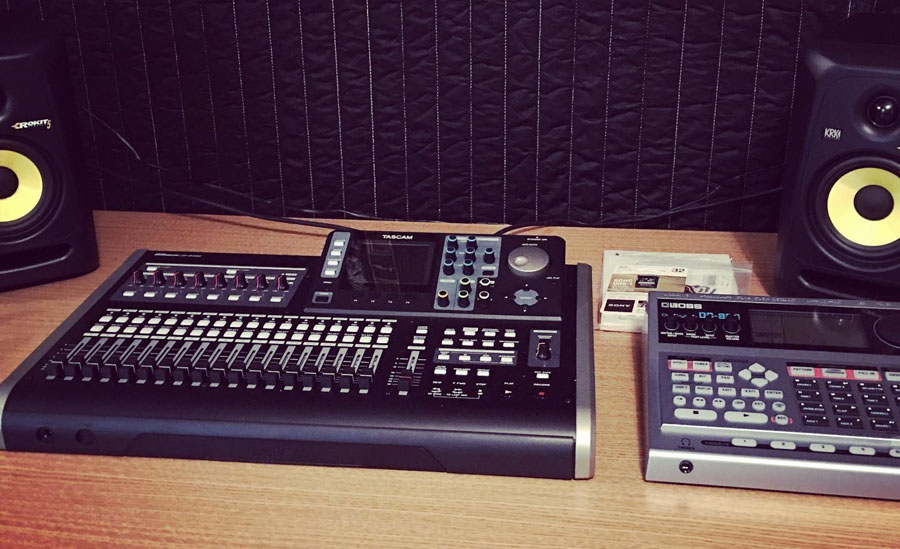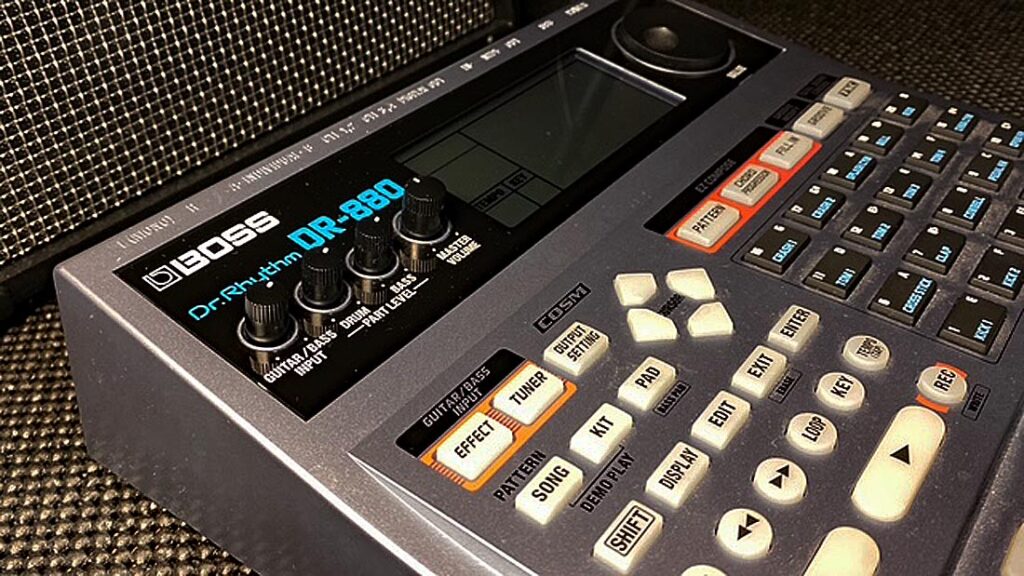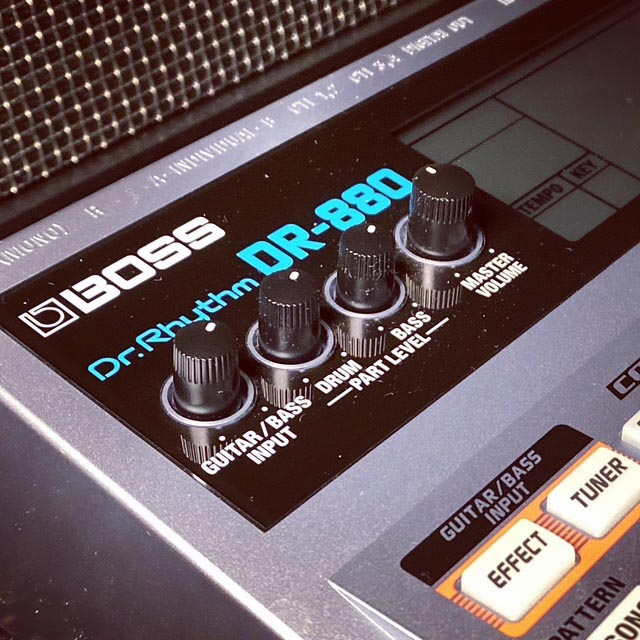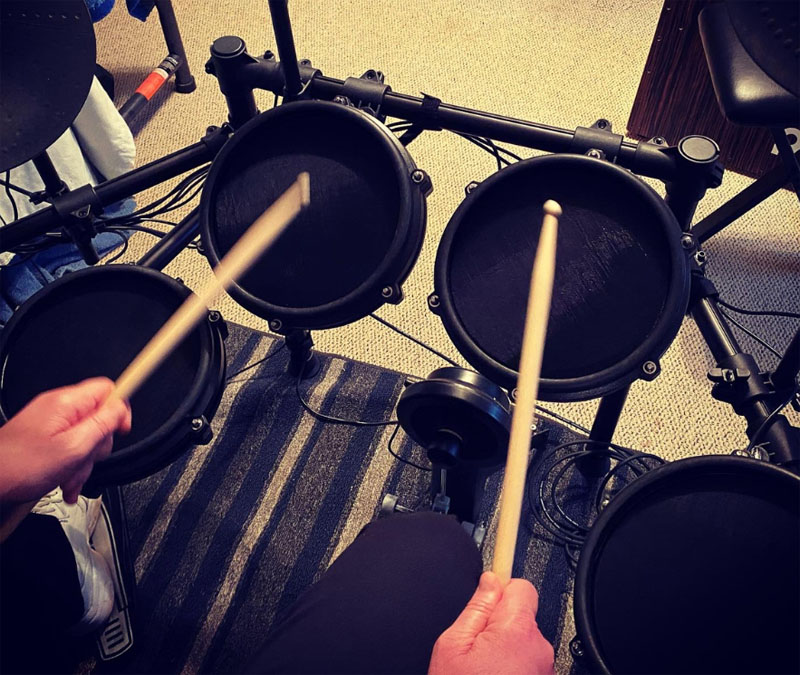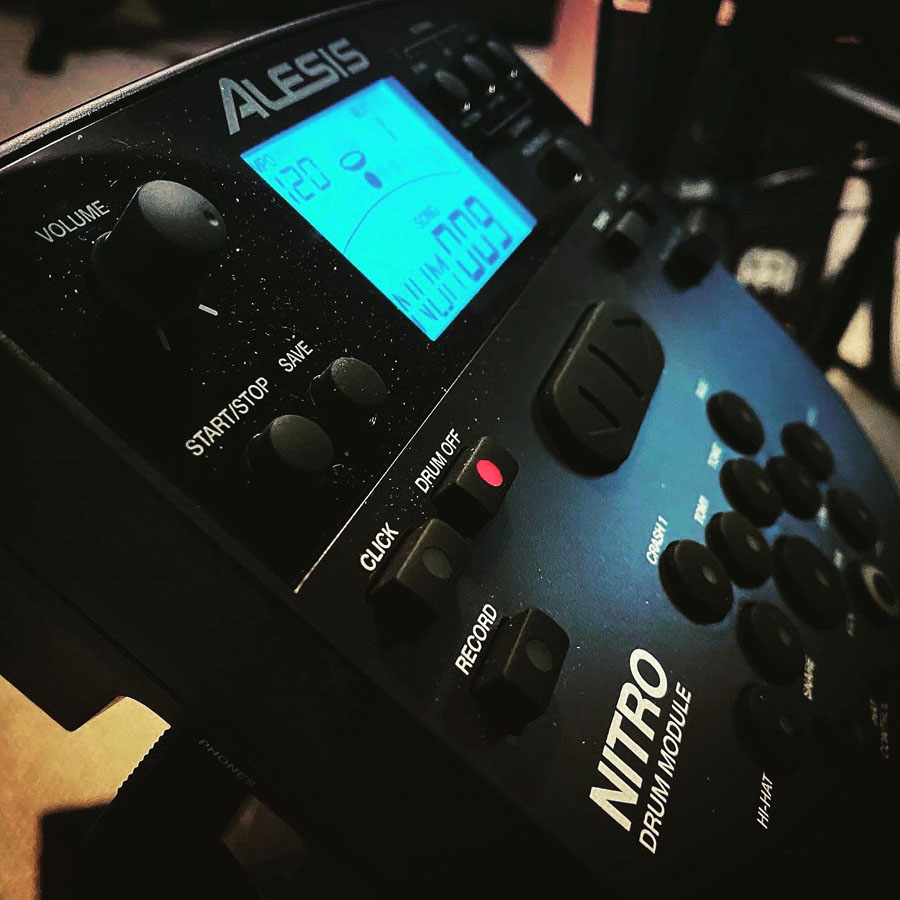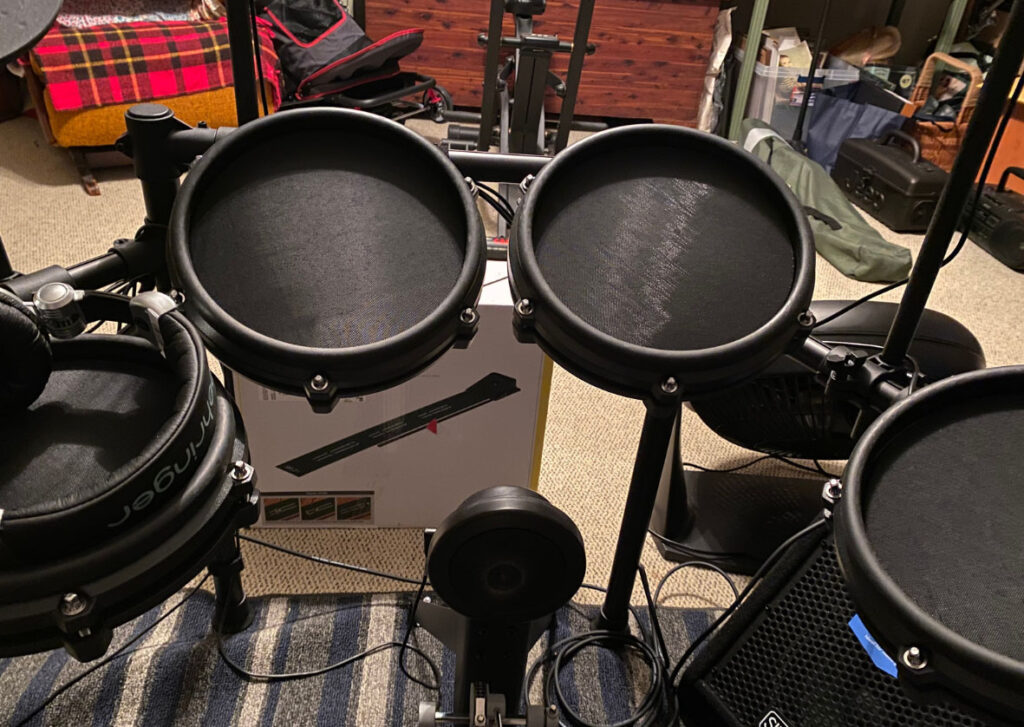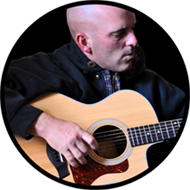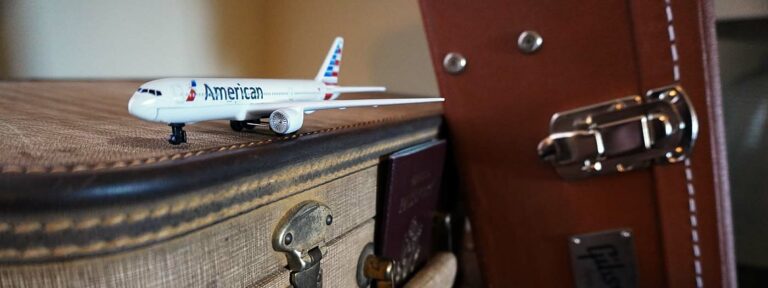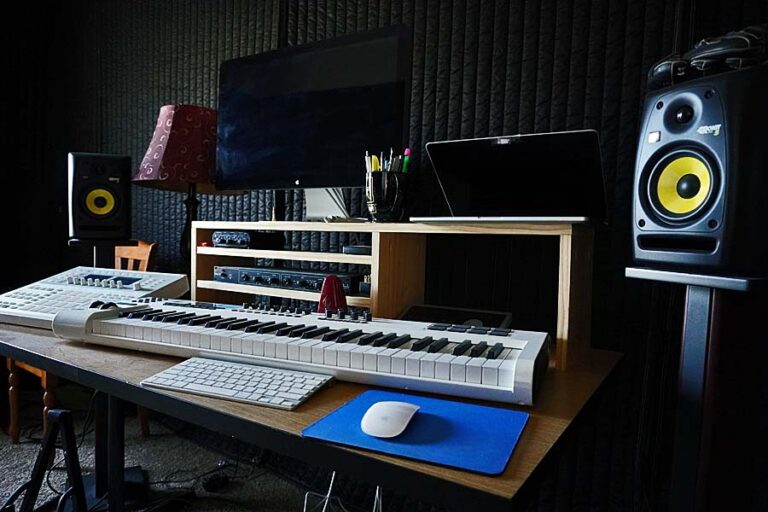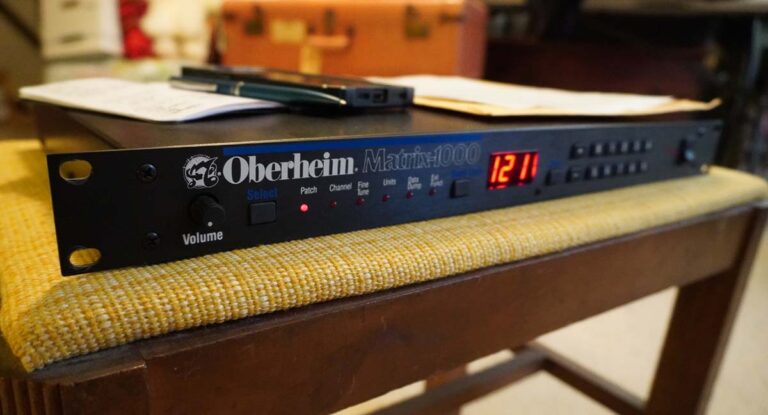Recording music at home without a Computer
It’s understood this day in age that most people recording music at home are using a DAW, or Digital Audio Workstation, such as, Logic Pro X, Pro Tools, Cubase, etc. … Using one of these DAWs is, pretty much, the norm and requires a computer since it is a software-based solution to recording multiple tracks.
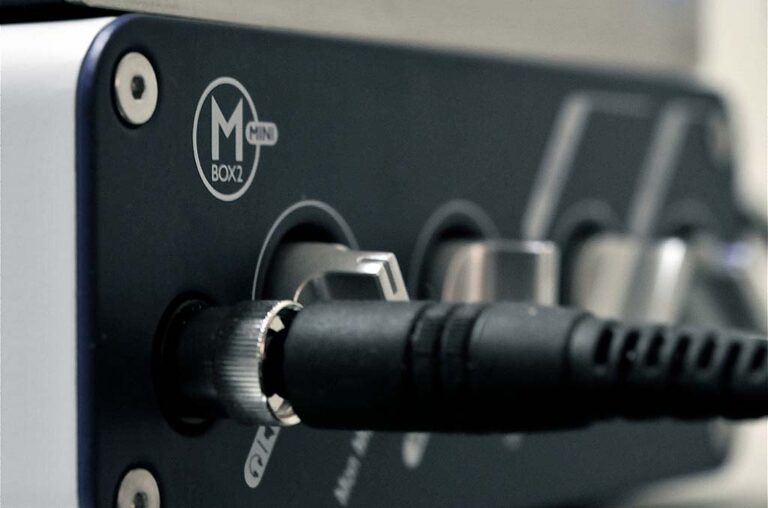
The DAW serves as “the heart” of the home studio. Within most DAWs you have more than enough individual tracks that you can use to record audio and / or MIDI (Musical Instrument Digital Interface), or virtual, instruments.
You also normally have an abundance of effects options available to you in the form of “plugins.” You can also download / purchase other third party plugins to add to your arsenal of effects if you choose. Lots of DAWs also have audio and MIDI loops you can throw into your mixes if you prefer.
Recording music without a computer is still quite possible. There are several options available in the form of digital multitrack recorders that have handheld and desktop versions…
So How Exactly Do You Record Music At Home Without a Computer?
Below are two lists of minimum requirements to record without a computer serving as the core of your home recording studio:
Ya know… I guess your smart phone would really be the ultimate minimalist home studio, because I know it is possible to record a full song on your phone, but I haven’t managed to do that just yet. So this post will cater to equipment specifically designed for recording music in the home…
Absolute minimum requirements:
- Some type of physical multitrack recorder – handheld, or tabletop.
- Monitors or headphones
- Then the standard: microphone(s), various cables, stands, etc. …
The above equipment is all you really need to record (and possibly bounce down / finalize your tracks depending upon the devices capabilities) a basic multitrack song.
A more robust (no-computer) home recording system:
- Some type of multitrack recorder – handheld, or tabletop.
- Drum machine (if you want drums and you don’t plan to record live drums)
- Monitors or headphones
- Keyboard with onboard sounds (if you’re using a computer, you could access the instruments / sounds from the DAW via a MIDI controller. But in this case the sounds need to already be loaded onto the keyboard / piano / organ).
- Then the standard: microphone(s), various cables, stands, etc. …
Despite the abilities of most DAWs, some people haven’t warmed up to the idea of using one. I would assume that applies mostly to the older group of musicians, and audio enthusiasts, out there. I could be wrong. Not to worry. As shown above, a computer and DAW aren’t absolutely necessary to record your music.
Luckily, there are still a wide variety of hardware multitrack recording devices out there that can record and manipulate the audio signal in very similar ways allowing for a full-functioning, fully produced, multitrack song. They come in all shapes and sizes, and with varying capabilities. When you have the time, just browse through any online musician-oriented retailer (or, even amazon) and check out the various option. Most of your online retailers will have its own section for recording gear.
A Couple of Recording Gear options
With all other equipment in your setup being the same, recording without a computer could prove less expensive (depending on how many options you desire). For example, you can buy a TASCAM DP-006 6-Track Digital Pocketstudio for $149.00, or a Zoom H4N Pro for $249.00. I have the Zoom H4n which I think works great for recording; however as of the date of this article, I haven’t attempted a multitrack recording with it, but they ARE capable…
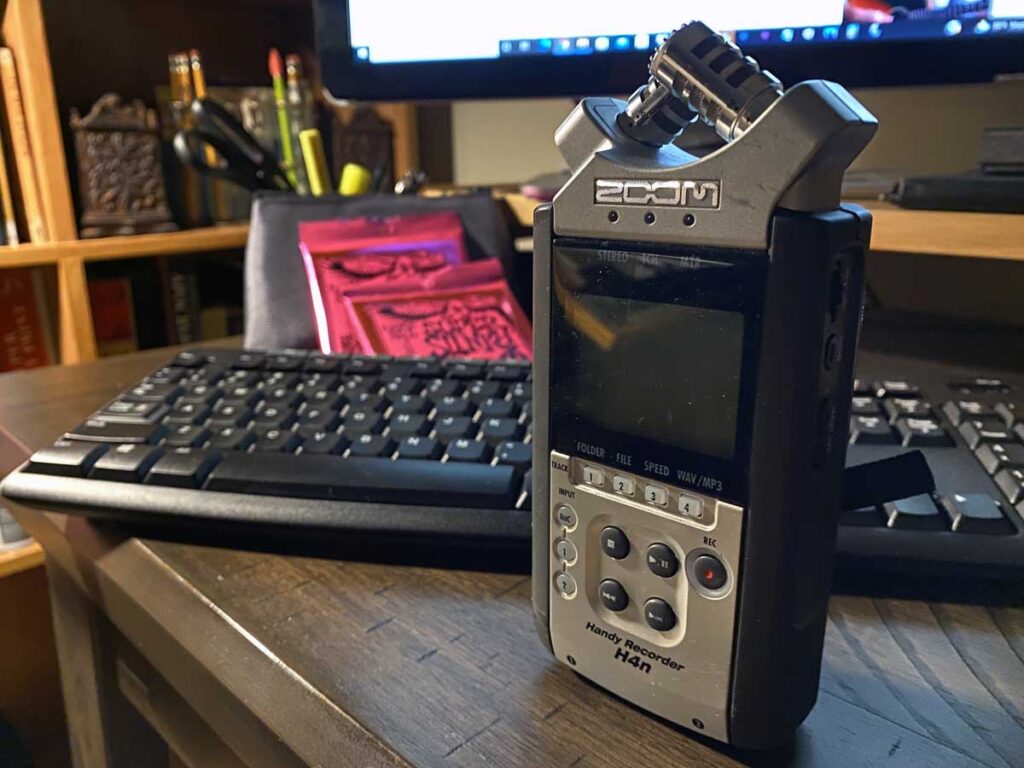
I also own a TASCAM DP24 Digital Multitrack, which is more than capable of producing professional music. I haven’t mastered it yet, but I like knowing that its available to me, because every now and then, I don’t prefer firing up the computer either…
So who’s going to play the drums?
Another potential obstacle to overcome when recording without a computer is figuring out how to record the drums (if you need drums). Of course, you can record them live acoustically if you feel so inclined and have set readily available. The other option would be to purchase a drum machine.
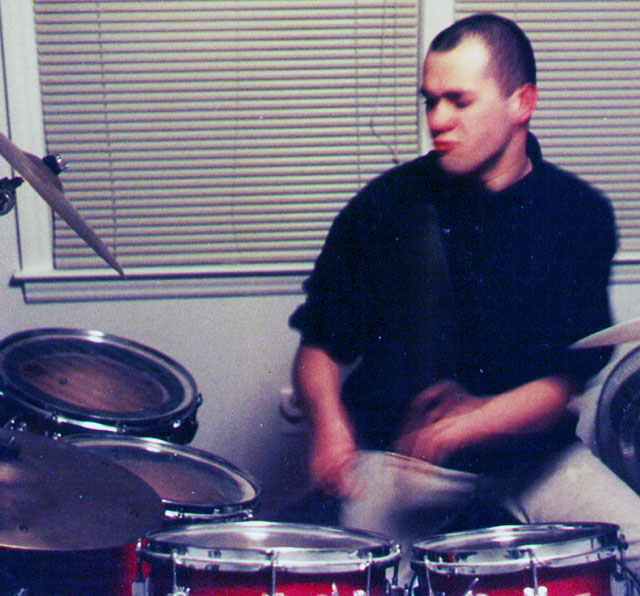
In my opinion, if you’re able to handle the basic skills needed to operate and create drum patterns on a drum machine, then using a computer and figuring out a particular DAW shouldn’t be a problem either. But for some, it’s not that the computer and software are hard, they would just rather use hardware – they want to get their hands on the equipment itself. They want the ability to push the faders (for example) up and down themselves rather using a mouse to accomplish this task. I COMPLETELY understand!…
After watching a couple of YouTube videos on “how to program my drum machine,” you should be well on your way to creating a decent rhythm track. With most drum machines you will have a standard stereo output, with the left output serving as the main mono output if you’re only using one cable to connect your drum machine to your digital multitrack recorder.
However, I certainly recommend grabbing another cable for a stereo output that will occupy two of the tracks on your recorder. It really depends upon the piece of music you’re creating whether or not it will need a stereo drum track.
The only reason I recommend the two-cable, stereo option is because live drums are often recorded with mics on various elements of the drum kit allowing for these elements to sit better within the mix.
Also, many of the drum machines allow for you to set which side (and by how much) you would like a particular element to output to. For example, on some drum machines you can set the snare to output on the left by 75% (with 25% to the right), and set similar settings for other elements of the drums.
Many of these drum machines are NOT that expensive. For example, the company Alesis, has the SR-16, which starts out at around $150 (ish). Most are more than capable of producing believable drum tracks. Sure, the sounds might be a little dated for some tastes, but they’re not that bad. Especially, if you just need a decent beat behind the song.
If you’re luck enough to get your hands on a Roland / BOSS DR-880 (No longer in production – $400-ish), then you’ll have one of the best (economical) drum machines ever made in my humble opinion (and others’). Granted, there are those that still make statements about the sounds not being the most modern sounding, but it shines with some of the other features that it comes with. For example, it can insert ghost notes. You know, those softer taps of the snare drum that are sporadically thrown in on the off beats. Very cool indeed…
With most of the drum machines, you can always just experiment with the preset patterns that come already pre-programmed. You can just use them as-is splicing them where ever you need them, or take away, or add, certain elements as necessary.
Adding effects to your mix
As I had slightly mentioned earlier, most of these hardware digital multitrack recorders (and some drum machines) come with some on-board effects that can be added to channel of the recorder. Usually, the types of effects will be in the form of some reverbs, compression, equalization, distortion, delay, and perhaps some chorus. Each device will be a little different – read the description(s) before buying.
That being said, most of these digital multitrack recorders will also have some inputs and outputs for inserting out-board effects / third party effects. This will certainly provide more capabilities to your setup, but it may not actually be necessary. If you are using this route for recording, I would just master what’s already available on the device itself first. Just saying……..
How do I bounce down my tracks?
And yet, another challenge that comes with not using a computer and a DAW to produce your music is… How to bounce down your tracks to be played as a finished song on some audio device, or streamed on some online service?
Of course, with most of these digital multitrack recorders, you can send the audio over to a computer via usb. But, I guess that would be kind of defeating the purpose of not using a computer, huh?… Another option is to just bounce down your tracks internally onto the SD card that the recorder uses for memory purposes. Then, all you have to do is use the SD card slot on your computer to retrieve the audio.
And yet, another option, is to transfer your audio to an out-board CD ROM/DVD/, or USB recorder. One such device is the TASCAM CD-RW900MKII Professional Rackmount CD Recorder/Player, which can be purchased for $339.95 (at present). Of course, by now, we are starting to add a bit more money to the setup – but, if your goal is to not use a computer to make your music, then you are still meeting your goal…
I’m not really sure how long these out-board recorders will remain on the market. Maybe for years to come, I don’t know. But I wouldn’t be surprised if they suddenly (in the next couple of years) start becoming harder and harder to find…
In Conclusion
It hasn’t quite reached that day-in-age yet where it’s no longer possible to record music without a computer. Will that day ever come?… I don’t think I’ll live long enough to see it, but who knows… So, if you prefer to use an all-hardware setup for recording your music, you can certainly still do that.
Also on that note, in my opinion, everyone would do well to have an alternate way to record their music, if possible financially. Like I said earlier, I can currently record without a computer if I so choose with the TASCAM DP24, or Zoom H4N. Who knows, changing your workflow a bit from time-to-time might create a new spark of creativity…
If you really want to challenge yourself, try recording your next piece of music strictly on your phone, which would be the ultimate minimalist home studio setup. I may try this in the future just for the sake of learning it, but for now I’ll just turn on my computer, or switch on the recorder…
Until Next Time!
